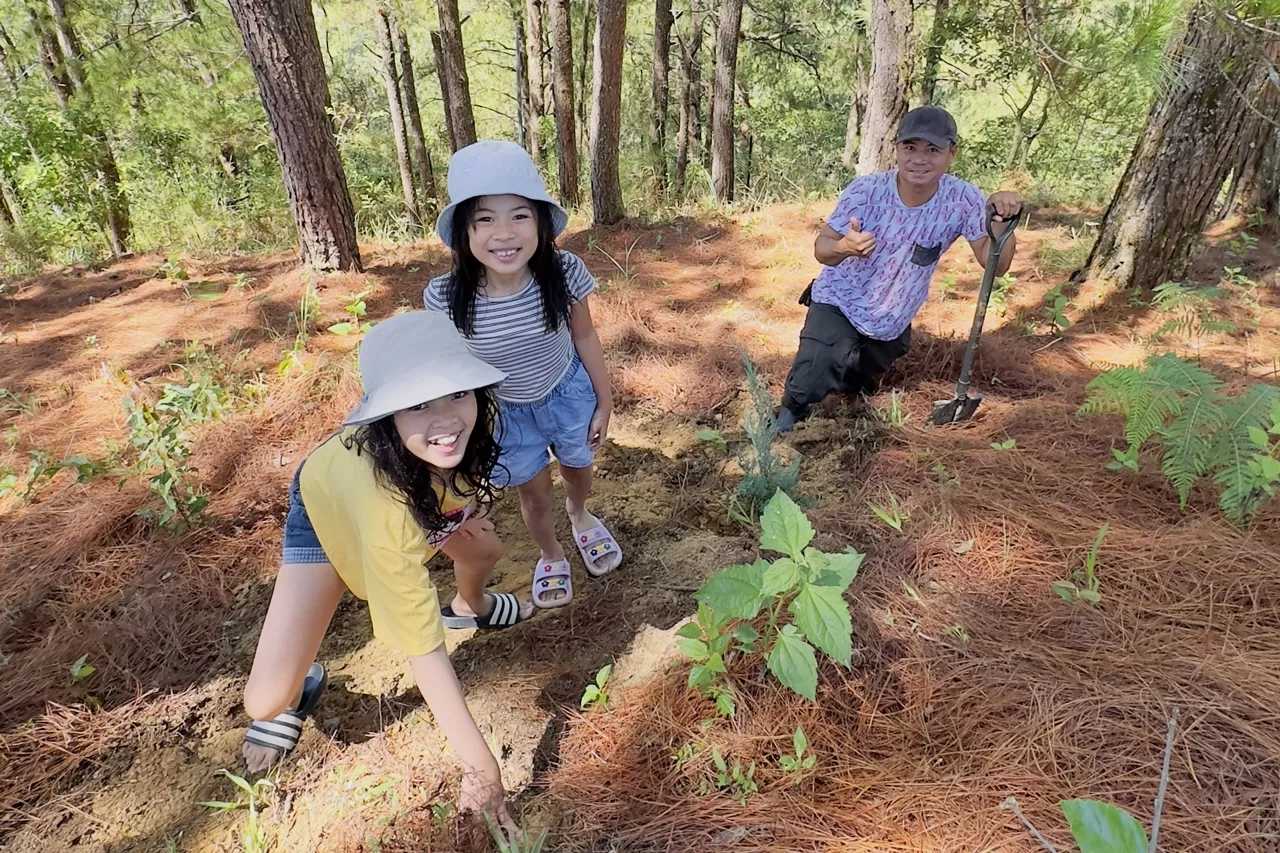One of the most urgent environmental challenges of our day is the loss of biodiversity. We must act to protect the wide diversity of life on Earth as ecosystems vanish and species become extinct at frightening rates. Educating children about environmental stewardship is one of the best methods to do this. We can guarantee a future in which biodiversity is appreciated and preserved by instilling in the next generation a sense of wonder and responsibility. Teaching Kids about the Biodiversity Crisis is essential to raising a generation that cherishes and defends the natural environment.
What is Biodiversity?
Biodiversity encompasses all kinds of life, from the smallest microorganisms to the largest mammals. It comprises species diversity, habitats, and genetic variation within species. Whether it is the vibrant coral reefs brimming with marine life or the dense rainforests home to innumerable plant and animal species, biodiversity is the foundation of healthy ecosystems.
The Current State of Biodiversity

Unfortunately, biodiversity is threatened. The World Wildlife Fund estimates that since 1970, the planet’s wildlife populations have decreased by more than 60%. The loss of habitat, pollution, overexploitation, climate change, and invasive species are the main risks. Numerous species have experienced a sharp reduction as a result of these conditions, with some approaching extinction.
What Makes Biodiversity Vital?
Biological diversity is necessary to preserve ecological equilibrium. Every species has a specific function within its ecosystem, helping with things like pollination, nutrient cycling, and climate management. Furthermore, food, medicine, and leisure are only a few of the many economic and social advantages that biodiversity offers. The resilience of ecosystems and the services they offer to humanity are ensured by maintaining biodiversity.
The Importance of Teaching Kids about Biodiversity Crisis
Children are inherently curious and compassionate. They have an innate ability to connect with nature and living things, making them excellent candidates for instilling a sense of environmental stewardship. Educating children about biodiversity and the necessity of maintaining it can help to shape a generation that values and actively seeks to conserve our natural world.
Fun and Engaging Ways to Teach Kids About Biodiversity
There are many entertaining and interesting ways to teach children about biodiversity. Learning about diverse species and habitats can be made more enjoyable by using interactive games or applications. Educational movies and documentaries can provide visual and narrative settings, making complicated subjects more understandable.
Books and Resources for Children
Books are an excellent resource for educating children about biodiversity. Dr. Seuss’ “The Lorax” and Lynne Cherry’s “The Great Kapok Tree” convey environmental themes in an accessible fashion. Online resources and tools, such as the National Geographic Kids website, provide interactive learning opportunities and activities.
Outdoor activities to foster a love of nature.

Spending time outside is one of the most effective methods to develop an appreciation for biodiversity. Nature excursions and hikes allow children to view flora and animals in their natural environment. Gardening gives you firsthand experience with plant life, whereas bird watching and bug hunting may be both enjoyable and educational.
Visit Zoos, Museums, Aquariums, and Nature Reserves.
Visiting zoos, aquariums, and nature reserves provides vital educational experiences, fostering understanding of global species and conservation. The Biodiversity Crisis Escape Room (BCER) at the Mind Museum is an innovative addition, highlighting collaboration and nature’s value. BCER, launched last May 22, travels to Subic (Harbor Point, June15), Puerto Princesa (Robinson’s Mall, June 29) and Davao (Abreeza Mall, July 27), engaging stakeholders with immersive scenarios and life-sized puppets representing local flora and fauna. This initiative aims to inspire environmental consciousness and collective action in preserving our natural heritage.

Inside BCER , participants will take on roles that they would randomly pick. They will enter 3 connected rooms that they could only escape from if they understand what needs to be done and that they work together. The challenges they will face in each room are closely tied to realizing the “Mga Sukat ng Kalikasan” (measures/values of nature) in order to escape the biodiversity crisis. The experience will be facilitated so it will mimic the real human conversations and actions that need to happen in decision-making involving our natural heritage in which we all share in terms of not just benefits but also responsibilities.
The Power of Storytelling
Storytelling serves as a potent tool for instilling environmental values. Through captivating narratives, stories convey crucial messages about conservation. Books like “The Giving Tree” by Shel Silverstein and “The Curious Garden” by Peter Brown engage children while teaching them about their impact on the environment.

Similarly, television shows like the two-part biodiversity special of MIND S-COOL TV, the top science program, bring storytelling to life on screen. This special, inspired by the Biodiversity Crisis Escape Room (BCER), immerses viewers in a narrative where humans and non-human “players” join forces against the biodiversity crisis. Trapped together in rooms, characters—including life-sized puppets representing nature—give voice to the environment’s plight. The overarching message, “all life is interconnected with nature, and understanding its value is crucial,” resonates throughout the storyline.
Part 1 of this special airs on May 26 at 11 am and again at 4:30 PM on OnePh Channel via Cignal, with Part 2 following the next week. Replays will continue for six weeks, amplifying the impact of the narrative on audiences.
The biodiversity crisis demands urgent attention, and educating the next generation is a critical part of the solution. By teaching kids to care for our planet, we can ensure that they grow up to be informed and proactive stewards of the environment. Through a combination of classroom education, everyday activities, and engaging resources, we can inspire a lifelong commitment to biodiversity conservation.
Mind S-Cool TV and Biodiversity Crisis Escape Room were conceived and created by the Bonifacio Art Foundation, Inc., the creator and operator of The Mind Museum and the BGC Arts Center




